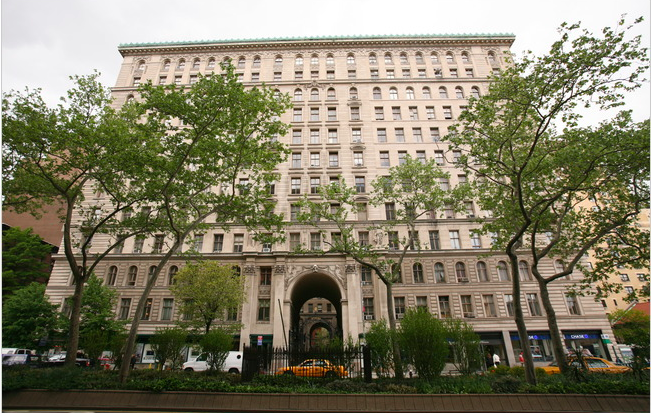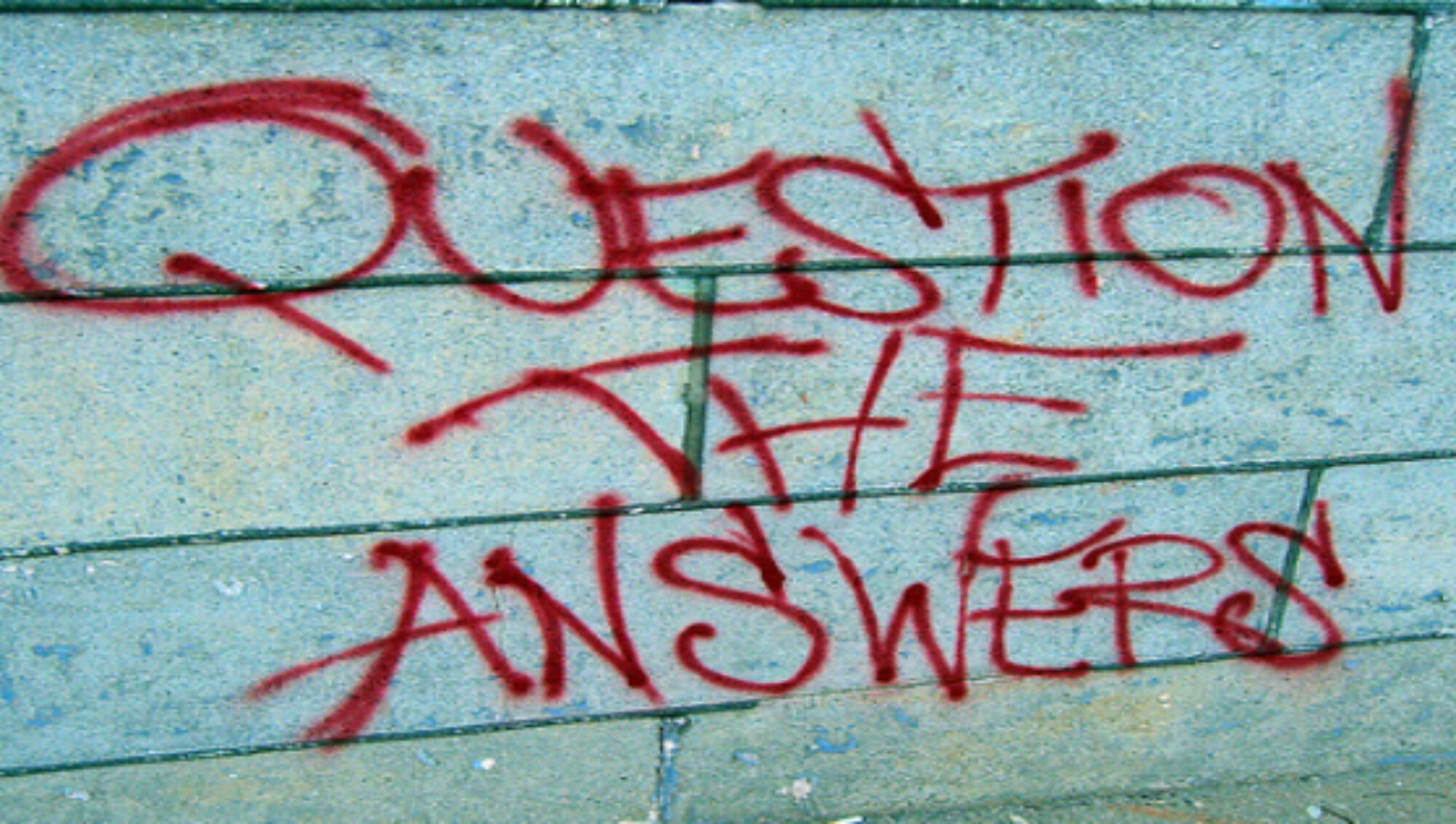When your childhood home becomes an object of desire for the wealthy

Years ago, my family fled the hinterlands of New Jersey and rediscovered civilization on the Upper West Side of Manhattan. We lived in the Apthorp, an architecturally grand building which, at that time, had suffered from years of neglect – most visible in its soot-streaked façade and the accumulated layers of paint which cloaked its interior wood surfaces. But rents were very reasonable and my mother, who worked as a legal secretary, was able to afford an apartment.
The Upper West Side B.R. (Before Reagan) was a welcome escape from the unrelenting homogeneity of the suburbs. The neighborhood was a mixture of economic classes, all sharing the same public spaces and shopping at the same local stores. Weekday mornings I rode the 79th street crosstown bus to school; a route through the affluent apartment buildings of Riverside Drive and West End Avenue, past the Woolworth’s and its second-story pool hall on Broadway, the run-down brownstones of Amsterdam and Columbus, and into wealth once again and the pre-war apartments of Central Park West.
Due to its affordability, the Apthorp was home to a variety of tenants. My mother often told me of conversations she’d had on the elevator with the author Joseph Heller as he was taking his dog out for a walk. My mother was always surprised and delighted by these encounters; for me this crossing of paths came to represent the essence of a “city.”
Decades after moving away from New York City, I was recently again on the crosstown bus, retracing the familiar route to the Apthorp. The dilapidated facades of Columbus and Amsterdam were gone, as were the poorer people who had lived behind them. The pool hall had vanished along with the Woolworth’s. Each street flowed undifferentiated into the next. Neighborhood stores had been replaced by those peddling corporatized symbols of wealth.
The Apthorp had been converted to condominiums in 2008; formerly affordable rental apartments were now multi-million dollar investments. In my memory, the building’s courtyard had always been a place of serenity during weekday afternoons. Parents were still at work; kids not yet back from school. But now, as I stood outside the gate, the courtyard buzzed with a frenetic movement of aides, assistants and various hangers-on.
Severed from its history as an affordable home, the Apthorp had been “born again” as a timeless object of desire for the wealthy. The millions of dollars necessary to live there are on constant display; gleaming marble, walls of wood, and an overall aesthetic of opulence typical of a Las Vegas hotel shopping mall.
The transformation of the Apthorp is an effect of the wealthy deciding where to live based on which neighborhoods best function as signifiers of a lofty economic status. The Upper West Side had once been anathema to the moneyed canyons of the Upper East Side. Back then, the desirability of the Apthorp – its pre-war details, large rooms and high ceilings – was negated by its lack of an appropriate affluence-indicating location. But once the West Side was deemed acceptable by the wealthy, a wave of money flowed across Central Park. The Apthorp was suddenly re-discovered and could assume its current role as an object of admiration and longing.
The Apthorp is now a shiny bauble. You no longer buy a home there; you purchase the envy of others. This is one of the little-discussed effects of gentrification. Great wealth transforms objects which are of utility for many into highly-desirable representations of privilege for the few. The Apthorp is just such a representation; the functionality of living there has mutated from the usefulness of a home, to an ostentatious, and highly restrictive, sign of financial supremacy.
‘An object’s functionality is the very thing that enables it to transcend its main ‘function’…to become…an adjustable item within a universe of signs.’
Jean Baudrillard
As I stood at the gated entrance, peering into the central courtyard, I realized that if I shifted my weight to my left leg, dropped my shoulder and tilted my head, I could partially see the windows of what had been our apartment. How many others, I wondered, had stood here, like ghosts, contorting themselves for a glimpse of something which no longer exists?
The Apthorp – the New York City – I remember, has disappeared. But it endures in the shared stories of what was and what has been lost. In mine, the Apthorp is a bit dirty and dingy. Across the street, people are shopping at the Woolworth’s and playing pool late into the night; and my mother is having an engaging conversation with Joseph Heller while his dog waits patiently for the elevator doors to open.
–RWG–
